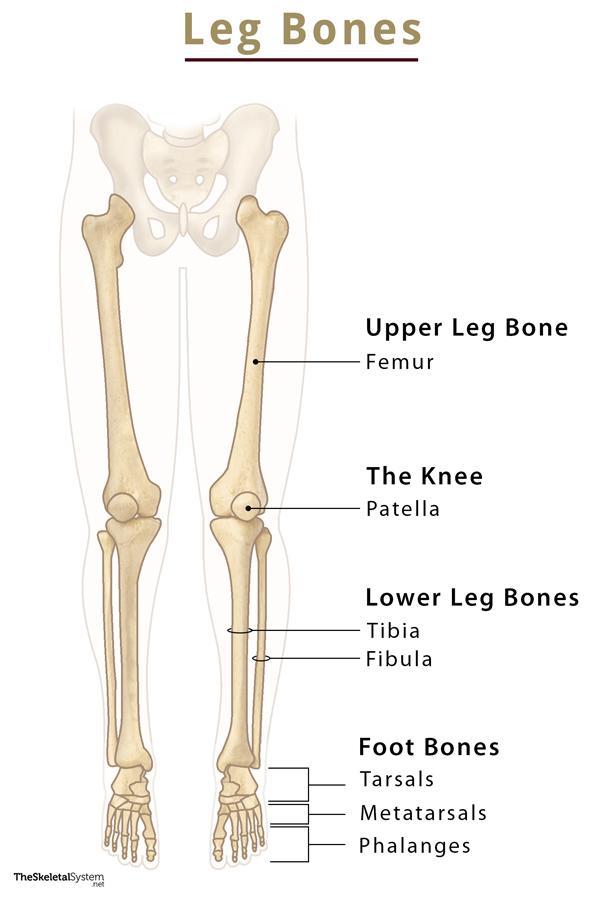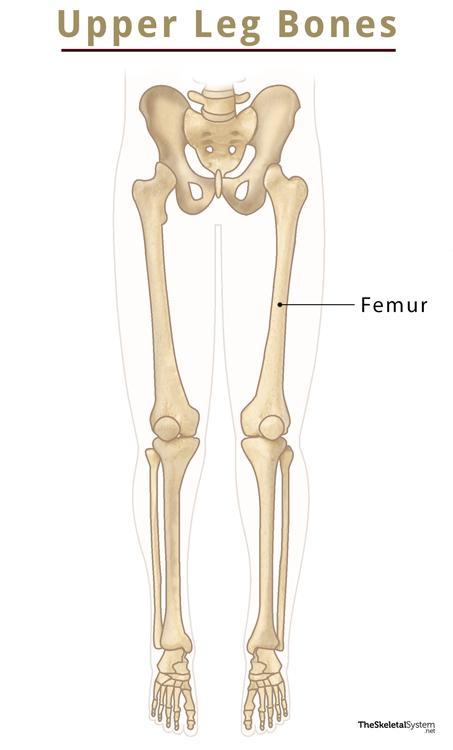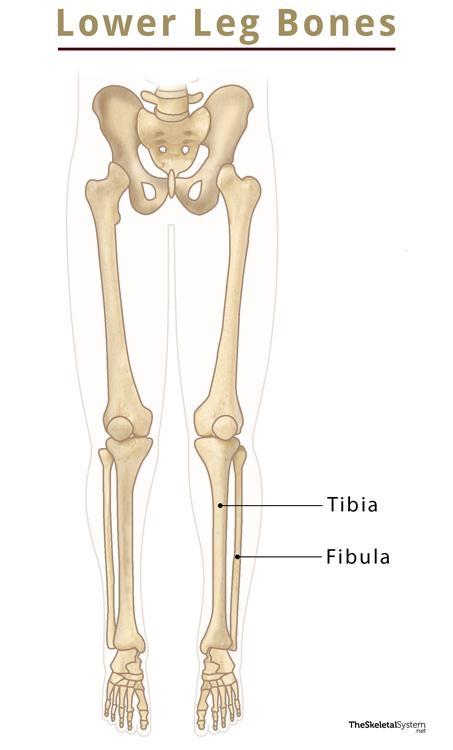Leg Bones
Out of all the bones in the human body, the bones in the leg are specially designed to withstand the daily strain as you stand in lines, run after your bus, play football, or walk back home after a tiring day.
Humans have 60 leg bones, 30 in each leg. Some of these bones are designed in a way that they can absorb 2-3 times of your total weight in force. An average person walks around 5,000 steps daily, meaning the bones in the legs need to be strong enough for constant use.
All bones from the hip down to the ankles and toes are considered leg bones. These bones make up numerous joints and articulations with each other to keep our legs flexible for balance and movement.
Names and Anatomy of the Bones in the Leg
Upper Leg Bone
There is just one bone in each leg in the region between the hip and the knee:
- Femur (2): The femur or thigh bone is the longest and strongest bone in the body. At its proximal end (head of the femur), it forms a ball and socket joint with the hip bone. Two condyles at the distal end form the knee joint with the lower leg bones.
The Knee
The human knee is a hinge joint with the following bone covering the joint.
- Patella/kneecap (2): It is a sesamoid bone that connects with the upper and lower leg bone through muscles and ligaments.
Lower Leg Bones
It is the region between the knee and the ankle, consisting of two long bones:
- Tibia (2): It is the longer and thicker of the two bones, located medially in the lower leg. The weight-bearing bone articulates with the femur at its superior end and the tarsals at its inferior end.
- Fibula (2): Located laterally, it articulates with the tibia but does not bear any of the body’s weight directly. It serves as an essential point of attachment for various leg muscles. At its inferior end, it articulates with the tarsal bones.
Foot Bones
Several small bones in the foot work together to distribute the body’s weight as we walk, run, dance, or do any movement with our foot.
1. Tarsals: The group of 7 bones in each foot is the corresponding part of the carpal bones in hand. These bones allow minor adjustments to the foot position when we stand or walk. Here are the names of the tarsals:
- Calcaneus/heel bone (2)
- Talus (2)
- Navicular bone (2)
- Medial cuneiform bone (2)
- Intermediate cuneiform bone (2)
- Lateral cuneiform bone (2)
- Cuboid bone (2)
2. Metatarsals (10): There are 5 metatarsals in each foot, and much like metacarpals (their corresponding hand bones), the metatarsals form the forefoot.
3. Phalanges of the foot (toe bones): These tiny bones articulate with the metatarsals and then form the toes. There are 14 phalanges in each foot, providing support and allowing for various foot movements using our flexible toes.
- Proximal phalanges (10)
- Middle phalanges (8)
- Distal phalanges (10)
FAQs
Q. What are the 3 major leg bones?
Ans. The femur, tibia, and fibula are the three major bones in the human leg.
Q. Do Africans have an extra bone in their leg?
Ans. No, Africans do not have any extra bone or muscle in their legs. However, studies have shown them to have greater bone mineral density and better body protein content than white people. As a result, they are found to have greater fat-free body mass.
References
- Foot and Leg Bone Anatomy – Study.com
- Bones of the Leg and Foot – Innerbody.com
- Bones in the Leg – Joionline.net
- Leg skeletal anatomy – Medlineplus.gov
- Leg Bones Anatomy, Diagram, and Function – Healthline.com




